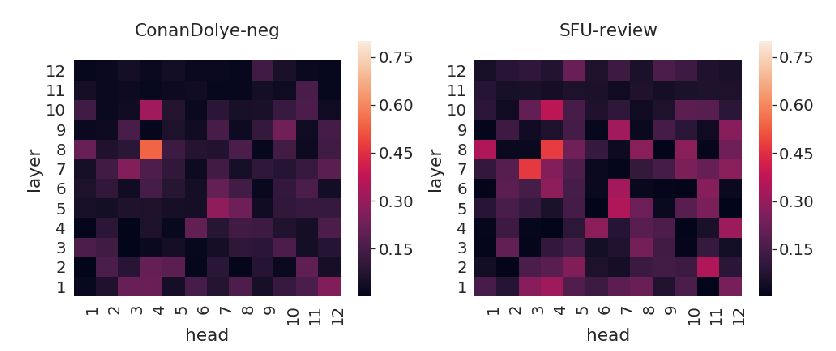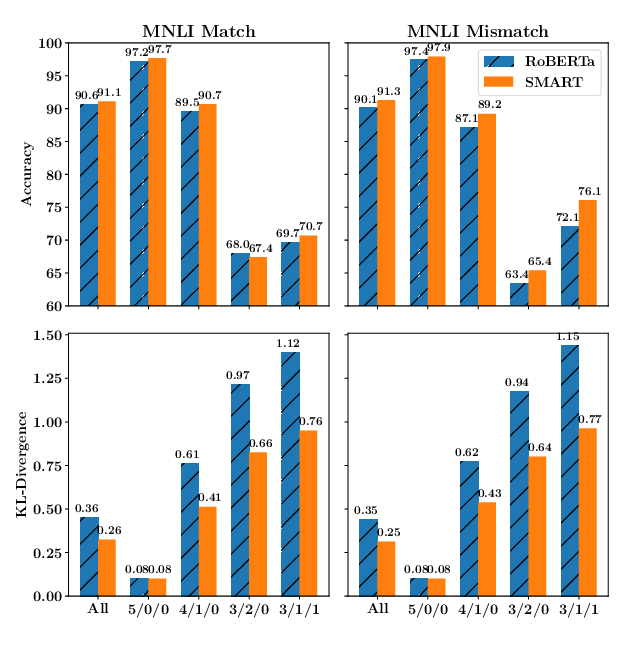Roles and Utilization of Attention Heads in Transformer-based Neural Language Models
Jae-young Jo, Sung-Hyon Myaeng
Interpretability and Analysis of Models for NLP Long Paper
Session 6B: Jul 7
(06:00-07:00 GMT)

Session 8A: Jul 7
(12:00-13:00 GMT)

Abstract:
Sentence encoders based on the transformer architecture have shown promising results on various natural language tasks. The main impetus lies in the pre-trained neural language models that capture long-range dependencies among words, owing to multi-head attention that is unique in the architecture. However, little is known for how linguistic properties are processed, represented, and utilized for downstream tasks among hundreds of attention heads inside the pre-trained transformer-based model. For the initial goal of examining the roles of attention heads in handling a set of linguistic features, we conducted a set of experiments with ten probing tasks and three downstream tasks on four pre-trained transformer families (GPT, GPT2, BERT, and ELECTRA). Meaningful insights are shown through the lens of heat map visualization and utilized to propose a relatively simple sentence representation method that takes advantage of most influential attention heads, resulting in additional performance improvements on the downstream tasks.
You can open the
pre-recorded video
in a separate window.
NOTE: The SlidesLive video may display a random order of the authors.
The correct author list is shown at the top of this webpage.
Similar Papers
How does BERT's attention change when you fine-tune? An analysis methodology and a case study in negation scope
Yiyun Zhao, Steven Bethard,

Self-Attention is Not Only a Weight: Analyzing BERT with Vector Norms
Goro Kobayashi, Tatsuki Kuribayashi, Sho Yokoi, Kentaro Inui,

SMART: Robust and Efficient Fine-Tuning for Pre-trained Natural Language Models through Principled Regularized Optimization
Haoming Jiang, Pengcheng He, Weizhu Chen, Xiaodong Liu, Jianfeng Gao, Tuo Zhao,

